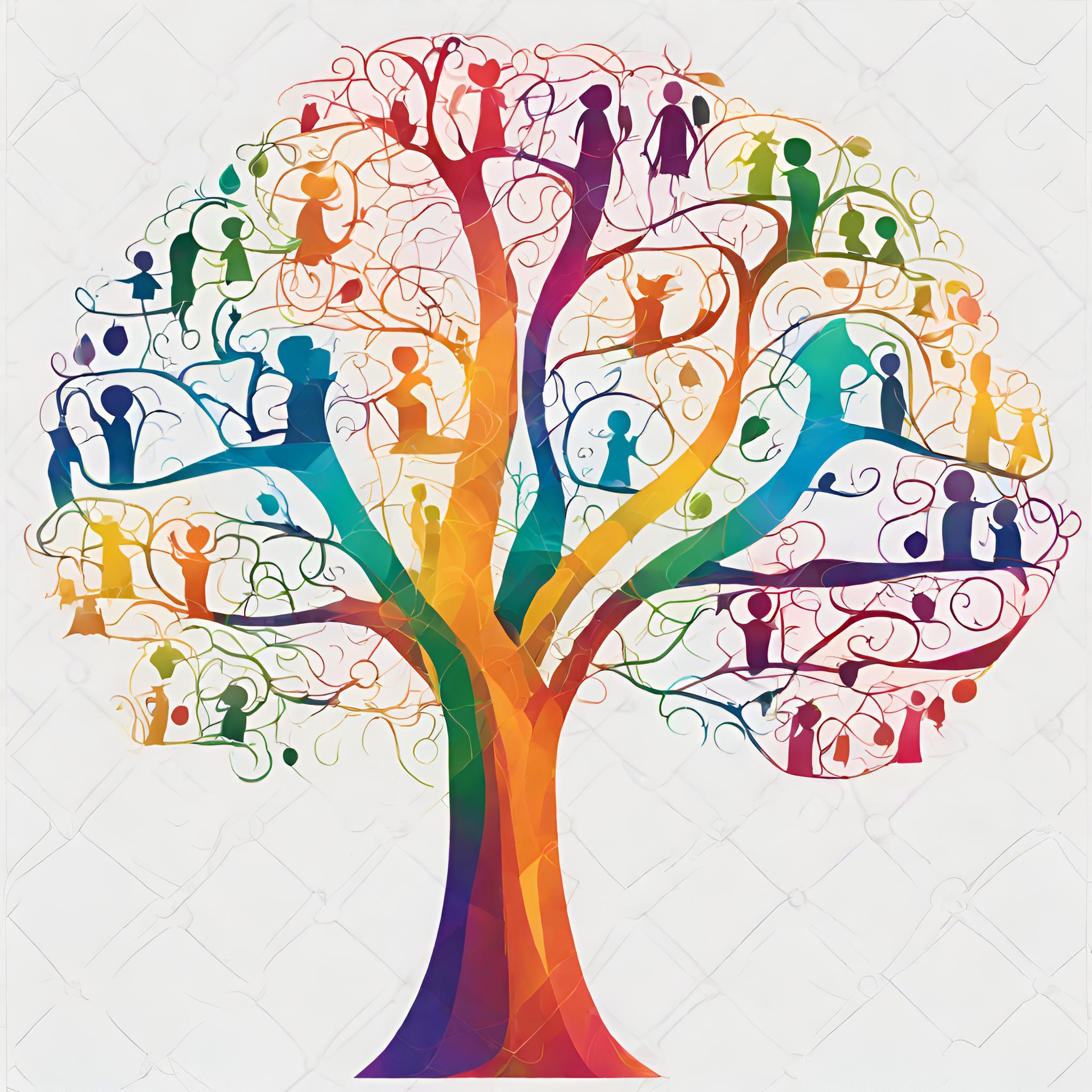Imagination & Guided Imagery
“The Imagination is Real!”
Guided Imagery is a gentle yet powerful tool that allows the mind and body to work together to create healing, insight, and transformation. It taps into the natural ability of your imagination to bring about relaxation, emotional processing, and deep self-awareness.
Through the use of visualization, metaphor, and sensory-rich inner experiences, Guided Imagery helps quiet the thinking mind and engage the deeper wisdom within. It provides a safe space to explore memories, release burdens, and invite in feelings of peace, strength, and self-compassion.
The beauty of Guided Imagery is that the mind doesn’t distinguish between real and vividly imagined experiences—meaning that when you picture yourself in a peaceful, nurturing place or envision yourself overcoming challenges, your body responds as if it’s truly happening. This can help reduce stress, calm the nervous system, and even support healing from past traumas.
In therapy, Guided Imagery can be used to shift stuck patterns, reconnect with forgotten strengths, and open the door to new possibilities. It is a way to gently rewrite the inner stories that shape your emotions and experiences.
When we turn inward, we may find a weeping willow holding our sorrow, a golden light cradling our hope, or a winding path leading us toward healing. These images are not random; they arise from the deep intelligence of our inner world. As we gently explore them, they help us name what was once unnameable, soften what has been held too tightly, and reconnect to meaning, purpose, and belonging. Whether it’s a place of peace, a guiding figure, or an ancestral presence, spiritual imagery allows us to access the deeper currents beneath the surface—reminding us that we are never truly alone on our path.
Many people find that after a Guided Imagery session, they feel lighter, more centered, and more hopeful—like they have touched something deep and true within themselves. It’s a reminder that healing isn’t just about thinking through problems, but about experiencing a new way of being, from the inside out.
Emotional and spiritual imagery invites us to connect with the unseen landscapes within.
Through guided visualization, we may encounter colors, elements, symbols, or sacred spaces that reflect our inner emotional states or spiritual longings. These images often emerge from deep within and carry messages, memories, or
sensations that words alone cannot access. By allowing these inner images to arise and unfold, we create a bridge between the conscious and the unconscious, the personal and the sacred. This process can bring clarity, comfort, and
a sense of belonging—to ourselves, to something greater, or to the natural rhythms of life.
Imagination is often misunderstood as “just” fantasy or make-believe. In truth, the imagination is a profound inner language—a way the body, brain, and spirit communicate, process experience, and access insight. It’s not only a tool for creativity but also a doorway to healing. When we speak of the imagination being “real,” we’re referring to how images, symbols, sensations, and inner visions can be perceived, interpreted, and utilized—both by the individual and by a trained guide or therapist.
In therapeutic work, particularly in approaches like guided imagery, the imagination is not random. It expresses personal and collective wisdom. The images people encounter internally often carry emotional, somatic, and even spiritual information. They can reflect the body’s inner state, point to unresolved trauma, or offer metaphoric representations of healing and transformation.
Guided imagery is a gentle yet powerful therapeutic approach that uses the imagination with intention. By inviting a person to visualize calming scenarios, meaningful symbols, or inner journeys, guided imagery can promote deep relaxation, insight, and even physical healing. It’s a widely respected technique in both psychological and medical settings because of its proven ability to support mind-body wellness.
Guided Imagery is used for physical, emotional and spiritual dimensions.
For those experiencing anxiety or stress, guided imagery can create inner sanctuaries—safe, peaceful places or symbolic “helpers” who bring comfort and resilience. In trauma recovery, imagery allows individuals to gently revisit and reframe difficult memories in a symbolic way, helping the nervous system move toward healing and integration.
When navigating grief and loss, some people find comfort in visualizing a conversation with a lost loved one, or walking along a path of remembrance and release. Life transitions and important decisions can also be supported through imagery—offering clarity, metaphorical insight, and a deeper sense of one’s own inner truth.
It can enhance our spiritual connection and become a portal to ancestral wisdom, a sense of divine presence, or a connection to something greater—however that may be uniquely defined.
Whether used for physical healing, emotional processing, or spiritual exploration, guided imagery invites us inward, where the seeds of transformation often begin.
In clinical and medical contexts, guided imagery offers remarkable support. For those managing pain—whether acute or chronic—imagery helps shift attention away from discomfort and activates calming responses in the nervous system. Someone might imagine a soothing balm being applied to an aching area or picture their pain gently dissolving into mist.
In the realm of cancer treatment, many individuals use imagery during chemotherapy to visualize their immune system actively working—perhaps envisioning healing light flowing through the body or their cells regenerating with strength. This kind of inner visualization not only eases anxiety and nausea, but can also offer a sense of empowerment and hope.
Before surgery, guided imagery can help calm fears and promote a more peaceful mindset, often reducing the need for anesthesia. Afterward, many patients who practice imagery experience quicker healing, less pain, and fewer complications. The immune system, too, responds positively—visualizations of white blood cells or other immune responses have been shown to support the body during infections or autoimmune flare-ups.
Even cardiovascular health can benefit. Imagining a serene river or syncing breath with the rhythm of gentle waves can help lower blood pressure and heart rate, calming the stress that so often burdens the heart.
